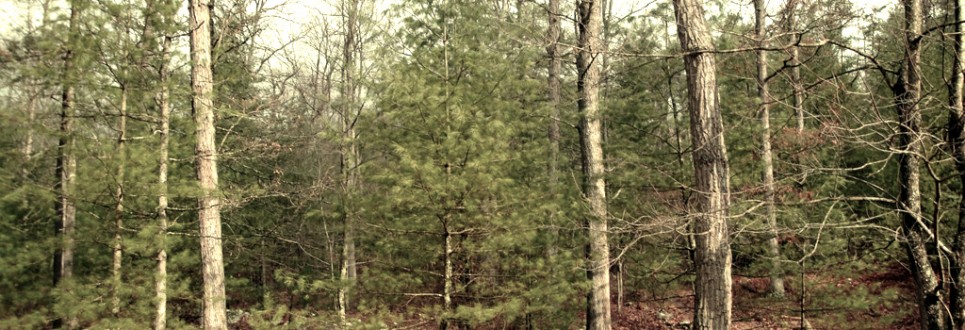 The Eastern White Pine towered over the forests of the East Coast, an impressive sight for both the Native Americans, who praised it as the “Tree of Peace” and the early European settlers, who prized it for yielding the finest ship masts. The King of England ordered the largest to be marked for the British Navy – a significant factor in the events leading to the American Revolution.
The Eastern White Pine towered over the forests of the East Coast, an impressive sight for both the Native Americans, who praised it as the “Tree of Peace” and the early European settlers, who prized it for yielding the finest ship masts. The King of England ordered the largest to be marked for the British Navy – a significant factor in the events leading to the American Revolution.
Old growth pine was a favorite wood of early 19th century America with huge, knot-free boards. Freshly cut white pine is creamy white, but antique Pine deepens to an almost translucent golden brown, possibly due to the rich soil conditions of a Virgin forest. It was common and easy to cut, and was used for paneling, floors and furniture. The pre-1850 commercial Classics of lower Manhattan, forming the city’s first world trade district, were built of White Pine. Attesting to the woods commercial value, Wall Street is one block from Pine Street.
It’s the tallest tree in eastern North America, with early reports of the trees rising up to 230 ft. with diameters of up to 8 feet! The tree grows in a range of Eastern conditions from cool, humid climates to boggy areas and rocky highlands. It provides food and shelter for a collection of animal and insect species that would fill a floor of the Museum of Natural History. Certain types of Caterpillars have been found to feed only on Eastern White Pines. It originally covered much of northeastern America, though only one percent of the original trees remain untouched today.


